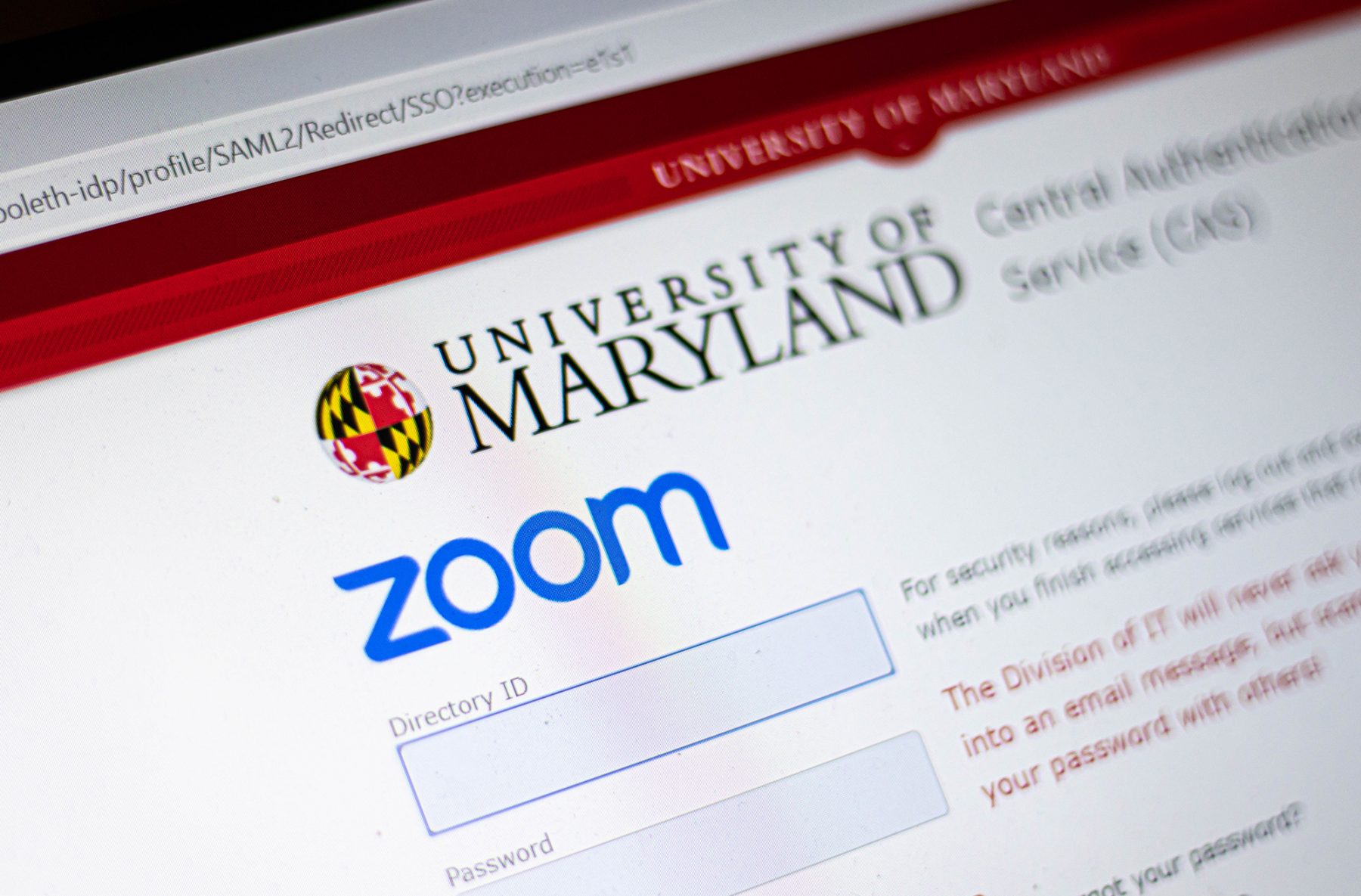On Sept. 3, the lights in physics professor Eun-Suk Seo’s house began to flicker. As thunder sounded outside her house, she suddenly realized something was wrong.
At some point in the past few minutes, her Wi-Fi had cut out and she had lost connection with her students — leaving her talking to herself.
After a few moments of panic, she reconnected and to her surprise, all her students were still there. Losing connection was her nightmare when starting online classes, but, shockingly, everything turned out okay.
Now, Seo has learned to like using the online format, because it helps her learn her students’ names better and allows her to interact with them through chats. But for some professors, remote learning has presented many more challenges than a lost signal.
Kenneth Isman, who teaches four different fire protection engineering classes, said this semester has created distance between him and his students due to low in-person office hour attendance and not being in a classroom with students.
“When I’m lecturing, I’m lecturing over Zoom to a sea of black boxes that just have names in them,” he said.
[Read more: With most UMD classes online, some students are struggling with internet access]
With students leaving their cameras turned off, he has trouble assessing their understanding. It was much easier to tell who was confused when classes were face-to-face.
“I always look out over a group of people while I’m teaching and read their body language to understand whether they’re getting the information or not,” Isman said. “You can just tell from a way a person is sitting … whether they understand what you’re talking about or not.”
Isman, as well as other instructors, also have concerns about students’ access to reliable internet connections. To prevent this from becoming a barrier, Isman records his Zoom lectures, and for students that cannot access those, he writes chapters covering the lecture content.
For some, making a successful switch to virtual instruction requires a lot of training. Diba Alvi, an instructor in the music school, attended webinars with the National Association of Teachers of Singing and the Peabody Institute to help her master teaching music online.
From spending late nights working to surpass the challenge of Zoom’s time delays, Alvi has been committed to working with her department “to give the students the education that they need and deserve.”
Many departments have tried to find creative ways to deliver their content to deserving students.
For Isman, his usual sprinkler design project is now presented in the form of a video game, where students can see building designs in 3D. For Swarna Mohan, a lab director for BSCI171: Principles of Molecular & Cellular Biology Laboratory, that means using simulations of lab techniques and tools. As for Alvi’s music students, they can use Zoom’s High Fidelity Audio Mode to perform live with better quality — and she said they’ve done a good job adapting to the change.
[Read more: “I think it’ll be good for me”: Some UMD professors look forward to in-person classes]
“Students have been really great with kind of rolling with the punches and figuring this out,” she added.
But for some professors, it’s been especially hard to adapt. Though training workshops by the Teaching & Learning Transformation Center were offered over the summer to help instructors adapt to the online format, some departments needed more help.
Brian Crawford, the digital media IT coordinator for the arts and humanities college, worked with instructors in the music school to develop technology to help students with tempo and counting beats. In his college, he supports instructors in other ways, such as helping them use Panopto Recordings and other tools embedded in Canvas.
“It’s a pretty easy software to use, but you still get some faculty members that just sort of need their hand to be held just to get the basics of it,” he said.
Katherine Russell, associate dean in the behavioral and social sciences college, has also been working closely with faculty to adjust to the remote environment. Russell helps instructors overcome challenges, including monitoring the attendance of students who aren’t logging into Canvas.
“Faculty have been really good sports. They understand that students are in a really difficult situation [and that] they’re in a really difficult situation and we just have to try to make the best of this,” she said. “Last spring, it was all kind of new and we were all in crisis mode, but now it’s becoming a little bit of a lifestyle. And for some people, they’re finding a groove.”
Mohan added that she hopes this semester goes better than the last.
“I’m cautiously optimistic,” she said.



